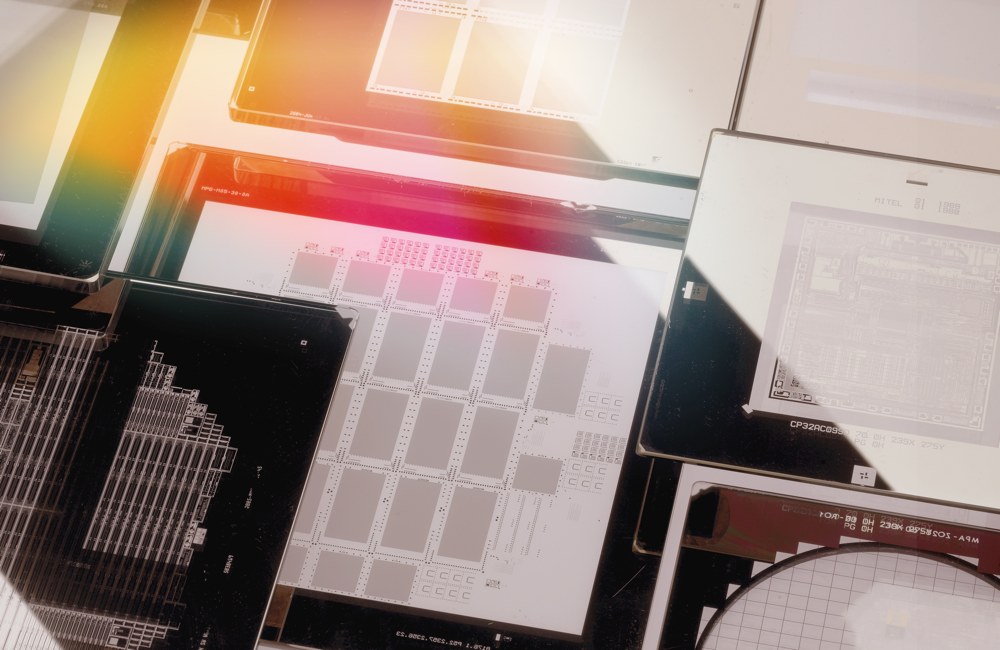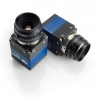When Can a Semi-Custom Vision System Help?
System integrators often don't consider a custom camera solution. The options, price, and really tough competition mean that maybe they should.
There may not be a warning sign. Your customer’s vision system is fine. The price was fine, and it’s performing, well, exactly as expected.. And everyone’s happy. What you may not realize – even now, is that this may be your last job with this particular customer.
Today it’s tough to differentiate your solutions from the competition’s. Behind the scenes, every one of your competitors is working from the same pool of high-quality and affordable products. Are intangibles like customer service and training programs really enough to maintain your competitive edge?
Tweaks can be made at almost any level: the camera’s hardware or firmware, or with the sensor, FPGA, memory, I/Os or electronics.
A Custom Competitive Advantage
To keep your most innovative, demanding customers, you may have to do more, and a semi-custom product might be just what you need. While it’s true that larger companies more often have the resources to specify customized products, smaller companies are not necessarily always at a disadvantage. After years of developing countless products, we have made an interesting observation: many of the requests for custom and semi-custom solutions are often simple and straightforward. That means that any company, large or small, can own that competitive advantage.

You Can Even Customize How “Custom” the Solution Is
Even the term “custom” works on a sliding scale. On one end, you have a “purely custom” product–one that is totally new, designed from the ground up to a customer’s specifications. At the other end, are “semi-custom” products, which can mean a tweak to an existing product to make it ‘just right’ for the customer.
These tweaks can be made at almost any level: the camera’s hardware or firmware, or with the sensor, FPGA, memory, I/Os or electronics. We can fit a camera with a new or custom sensor. We might implement a generic function in a special way that improves processing, improves the accuracy of timing or, adds metadata such as exposure information to the image data. We might add a frame grabber function to the camera. We can also remove functionality a customer doesn’t need, for example using a smaller FPGA, to reduce the cost.
The message to buyers of custom or semi-custom solutions? You just have to know what you’re after. If you have wondered if it were possible to reduce image data before transferring to the host computer, or yearned for a camera in a smaller footprint, or wanted a more efficient algorithm, a custom or semi-custom solution could be the answer.
There are several reasons why customers approach us with a request for a semi-custom camera. They want to fully optimize a camera’s pre-existing function, have a very specific requirement, or need something unique for a niche market. They might only want to have a competitive edge over their competition. If you have made a solid assessment of your application and thought “It works just fine, but I wish it could…,” that‘s when you should speak up.



 A Visionary Toolbox
A Visionary Toolbox  Creative Vision Engineers
Creative Vision Engineers 